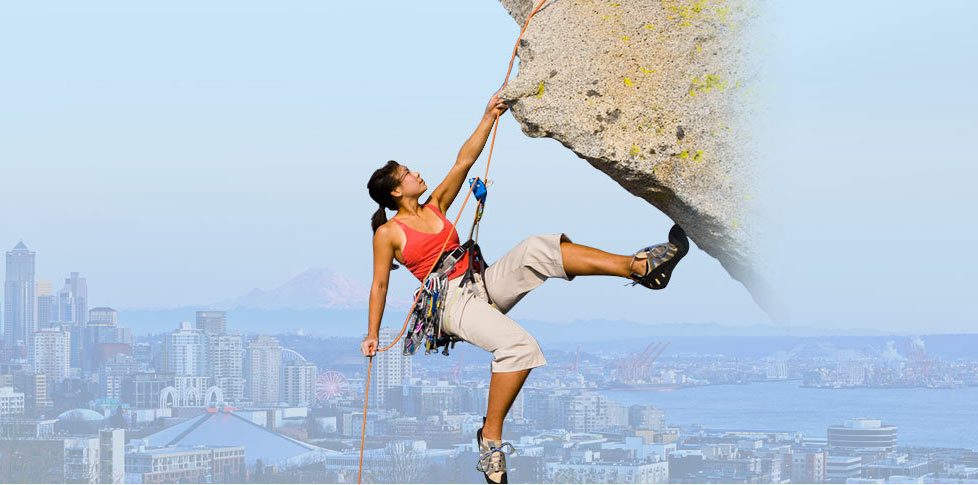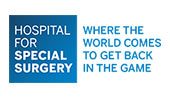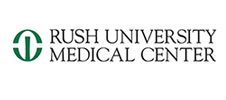Revision Shoulder Stabilization
Anatomy:
The shoulder joint is a ball and socket joint. A 'ball' at the top of the upper arm bone (the humerus) fits neatly into a 'socket', called the glenoid, which is part of the shoulder blade (scapula). The labrum is a ring of fibrous cartilage surrounding the glenoid which helps in stabilizing the shoulder joint. The biceps tendon is attached inside the shoulder joint at the superior labrum of the joint. The biceps tendon is a long cord-like structure which attaches the biceps muscle to the shoulder and helps to stabilize the joint.
Who Gets Revision Shoulder Stabilization?
Highly active individuals who do a number of overhead movements or play contact sports are at a high risk of re-tear of their previous shoulder stabilization surgery.
Playing more overhead sports activities and repeated use of shoulder at the workplace may lead to sliding of the upper arm bone, the ball portion, from the glenoid–the socket portion of the shoulder. The dislocation might be a partial dislocation (subluxation) or a complete dislocation causing pain and shoulder joint instability. Shoulder joint often dislocates in the forward direction (anterior instability) and it may also dislocate in backward or downward direction.
Most common symptoms of shoulder dislocation are pain and shoulder joint instability. Other symptoms such as swelling, numbness and bruising may occur. At times, it may cause tear in the ligaments or tendons of the shoulder and nerve damage.
Most patient with shoulder instability undergo arthroscopic labral repair to fix their dislocations. In some cases, the surgery fails and a revision shoulder stabilization is required. Dr. Garcia has advanced training in this field and can offer a number of options to improve your shoulder function and eliminate shoulder dislocations.
Why did it fail?
Shoulder stabilization can fail for a number of reasons. Patient who play high contact sports can traumatically re-tear their shoulders, the number of anchors used and surgical technique can also affect the overall outcome and put patients at a higher risk of failure. Despite significant advancements in arthroscopic and open shoulder technology, failure rates after primary surgery are still between 5 to 20 percent.
What is a failure?
Failure can be defined as a number of symptoms:
- Continued subluxations
- Shoulder dislocations
- Continued stiffness
- Continued pain
The most important part is for the surgeon to have extensive experience in shoulder instability and revision cases such as Dr. Garcia. He will perform an extensive physical examination and order a number of studies to further evaluate why the patient failed and what fixation technique may be needed.
Diagnosis:
Dr. Garcia will determine exactly what is needed but usually these are required to determine pathology:
- X-ray
- MRI with joint contrast
- CT scan with 3d reconstructions
- Previous operative note
Surgery:
Dr. Garcia will utilize different techniques based on the pathology present in the patient. He has advanced training in both open and arthroscopic techniques so a custom approach will be done to give patients the most potential function while reducing overall re-tear rates.
The main principles of good revision stabilization surgery are:
- anatomic repair when possible
- reduce and replenish any bone loss
- restore tension of the ligaments
- improve previous fixation
Arthroscopic revision techniques are best used for:
- a missed or inappropriately treated capsular laxity
- poorly repaired labral tear
- poor labral repair technique
- other injuries involved like a SLAP tear
- larger Hill-Sachs lesions
Open revision techniques are best used for:
- severe glenoid bone loss
- subscapularis deficiency
- combined Hill-Sachs and glenoid bone loss
- high-level contact athletes
Some of these techniques include revision Bankart repair, capsular plication, remplissage, Latajet, distal tibial allograft and others. Please visit the other sections of this website for further information on these individual procedures. Dr. Garcia has extensive training in all these techniques and can offer his revision shoulder stabilization patients, the best approach.
Recovery
Recovery after revision shoulder stabilization may be longer or shorter than the previous repair depending on the technique needed. In general, 6 months is a usual recovery time, but in patients with more than one failure it may take up to 8 months for full recovery. For more information on physical therapy after surgery, see Dr. Garcia’s section under post-operative rehab protocols.

















